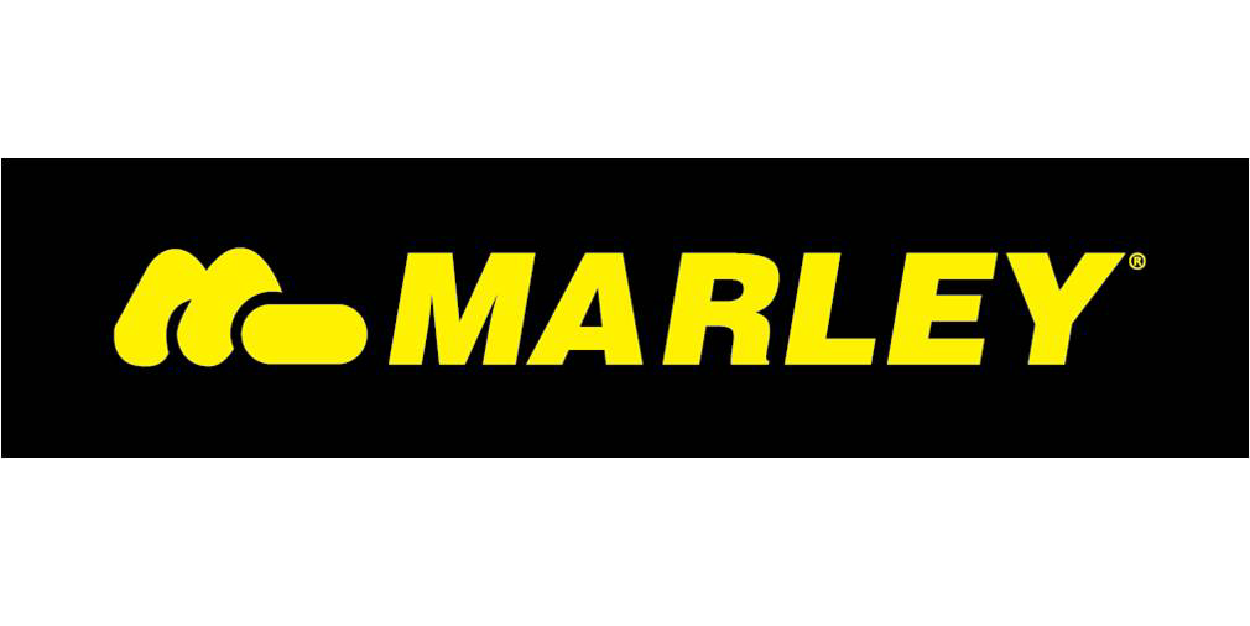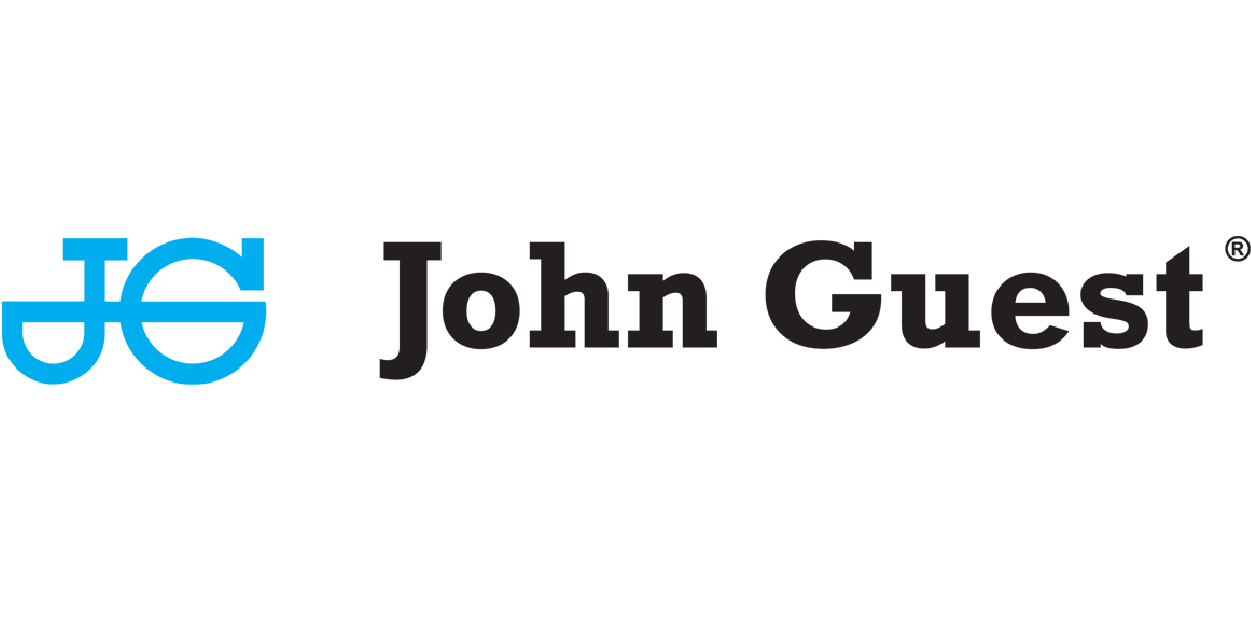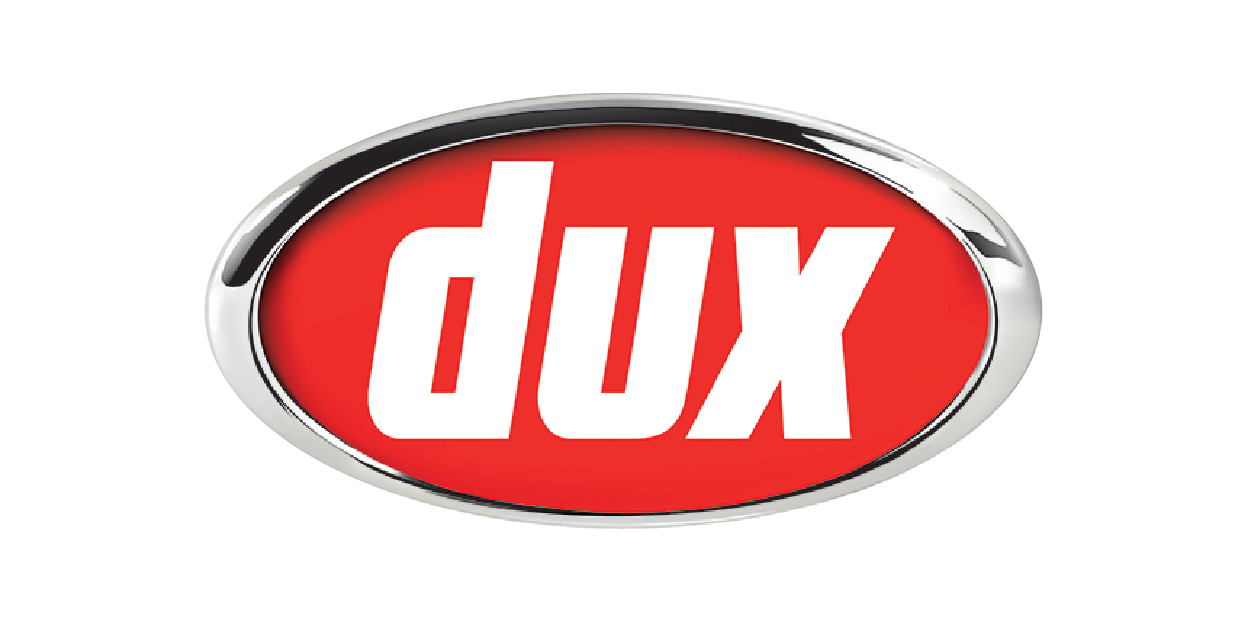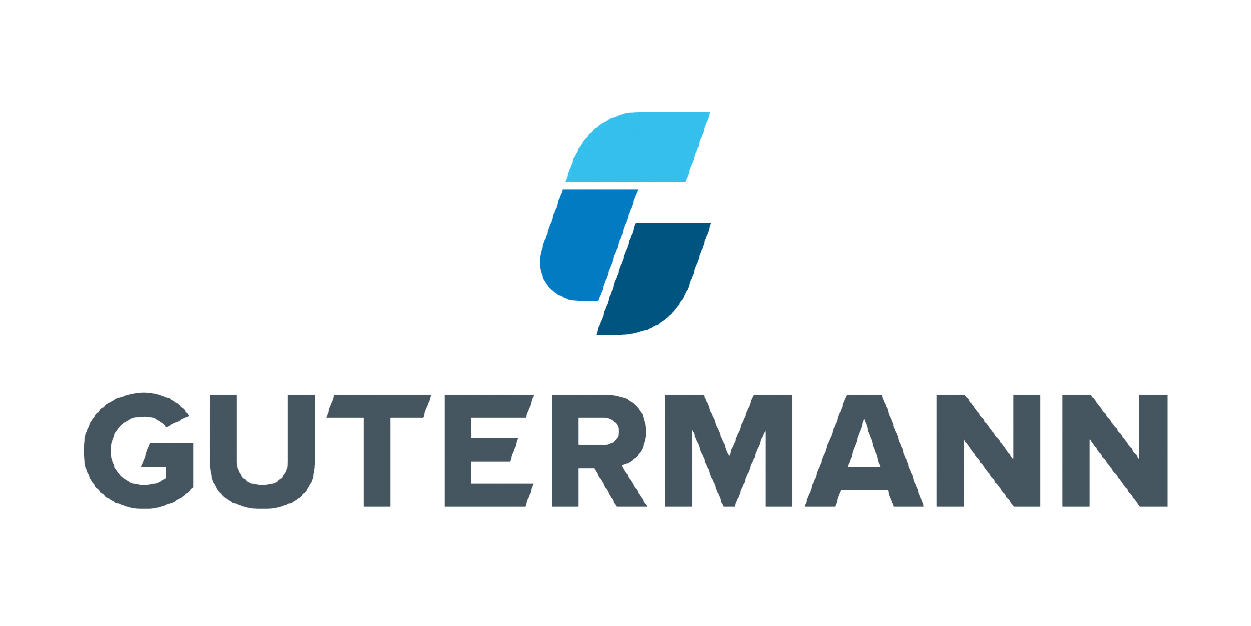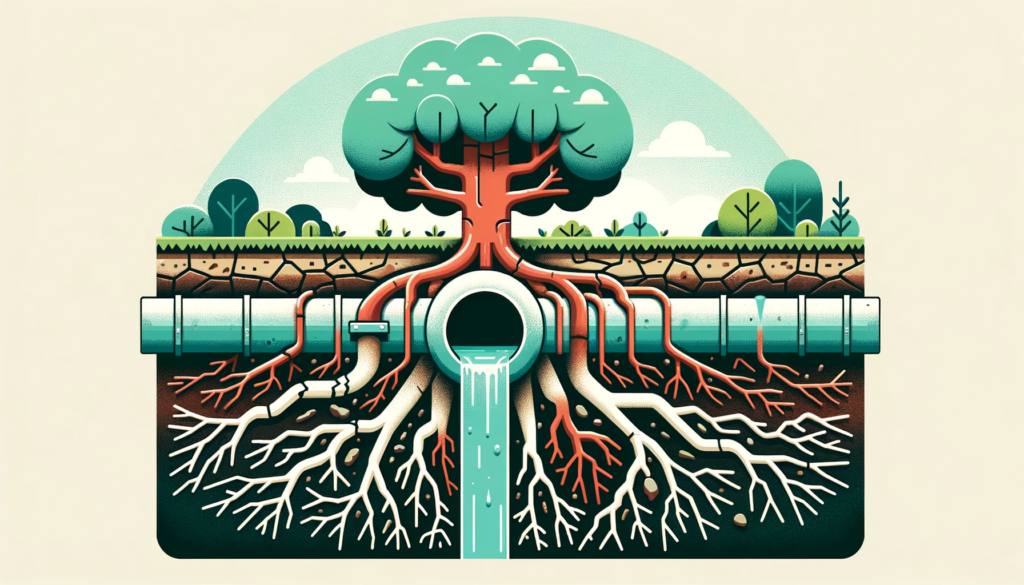
Call Today 09 973 4973 or
Video pipe inspection, also known as CCTV (closed-circuit television) inspection, is a widely used technique in the leak detection industry. It involves the use of specially designed waterproof cameras to visually inspect the interiors of pipes and other hard-to-reach areas. This method is particularly effective in detecting leaks and other issues in sewer lines, storm drains, and other buried pipes. In this article, we will delve into the technology behind video pipe inspection, its applications, the process involved, its advantages, and some case studies demonstrating its effectiveness.
Understanding Video Pipe Inspection Technology
Video pipe inspection technology consists of a high-resolution camera attached to a flexible rod or a self-propelling crawler, depending on the size and condition of the pipe. The camera sends real-time video feed to an above-ground monitor, allowing operators to visually inspect the interior of the pipes. The camera is typically equipped with powerful LED lights to illuminate the dark interiors of the pipes, and some models have pan-and-tilt capabilities, enabling a 360-degree view. The system often includes a location transmitter that allows the operator to pinpoint the exact location and depth of the camera, which is particularly useful in identifying the precise location of a detected issue.
Applications of Video Pipe Inspection
Video pipe inspection is an incredibly versatile technology and has a wide range of applications. It is primarily used in the inspection of sewer lines and storm drains to detect leaks, blockages, root intrusion, pipe collapses, and other issues. It can also be used in the inspection of water supply lines, gas pipes, and HVAC ducts. In industrial settings, it can be used to inspect process piping, conduits, and even machinery. Video pipe inspection can be used in both preventive maintenance, where it helps in identifying potential issues before they cause a problem, and in troubleshooting, where it helps in diagnosing existing issues.
The Video Pipe Inspection Process
The video pipe inspection process begins by introducing the camera into the pipe. This can be done through an existing access point, such as a cleanout, or a specially made access point. As the camera moves through the pipe, it transmits video to the monitor, where the operator can see the interior of the pipe in real-time. The operator will typically look for signs of leaks, such as water infiltration, deposits that indicate past or slow leaks, and physical damage to the pipe. When a problem is detected, the operator can use the location transmitter to determine its exact location and depth, which greatly aids in planning the repair.
Advantages of Video Pipe Inspection
One of the main advantages of video pipe inspection is its non-destructive nature. It allows for a thorough inspection of pipes without the need for excavation or destructive testing. This saves time, minimizes disruption, and reduces repair costs. It also provides a visual verification of the problem, which can be invaluable in diagnosing complex issues and in providing evidence for insurance claims or regulatory compliance. Furthermore, the video footage can be recorded and reviewed later, which can be useful for training, documentation, and long-term monitoring of pipe condition.
Case Studies of Video Pipe Inspection in Leak Detection
Video pipe inspection has been successfully used in numerous leak detection scenarios. For instance, in a residential community dealing with frequent sewer backups, a video pipe inspection revealed several points of root intrusion that were causing blockages. In another case, a video inspection of a storm drain under a parking lot revealed a large hole in the pipe that was causing sinkholes to form at the surface.
In an industrial setting, video pipe inspection was used to inspect a process pipe that was leaking hazardous material. The inspection revealed a crack in the pipe, allowing for a targeted and safe repair. In a municipal water supply system, video inspection of a main water line revealed several leaks that were causing a significant loss of water. The inspection also revealed sections of pipe that were heavily corroded and at risk of failure, allowing the municipality to proactively replace them before a catastrophic failure occurred.
Video pipe inspection is not only limited to traditional piping systems. In one unique case, it was used to inspect the interior of an ancient masonry aqueduct. The inspection revealed several leaks and structural issues that were contributing to water loss and structural instability. These findings provided invaluable data for the restoration and preservation of the historic structure.
In all these cases, video pipe inspection provided a safe, efficient, and effective method of identifying leaks and other issues. The ability to visually inspect the interior of pipes and other enclosed spaces provides a wealth of information that would be difficult, if not impossible, to obtain through other methods.
The Future of Video Pipe Inspection
As technology continues to advance, so too does the capabilities of video pipe inspection. Today, we’re seeing the advent of cameras with higher resolution, better low-light performance, and increased durability. Advanced features such as 3D imaging, sonar profiling, and laser scanning are being integrated, providing even more detailed and accurate data.
In addition to hardware advancements, software is also playing an increasingly important role. Image processing algorithms can automatically detect and quantify defects, while machine learning algorithms can predict future pipe failures based on historical data. These advancements not only increase the effectiveness of video pipe inspection but also make the data it produces more actionable.
Video pipe inspection is a powerful tool in the leak detection industry. Its ability to provide a visual inspection of hard-to-reach areas, its non-destructive nature, and the valuable data it provides, make it an essential technique for any leak detection expert. By understanding the technology, its applications, and its benefits, property owners and managers can make more informed decisions about their leak detection and maintenance strategies. Furthermore, the ongoing advancements in video pipe inspection technology promise to deliver even greater capabilities in the future, further enhancing our ability to detect and address leaks and other issues.
Suppliers
